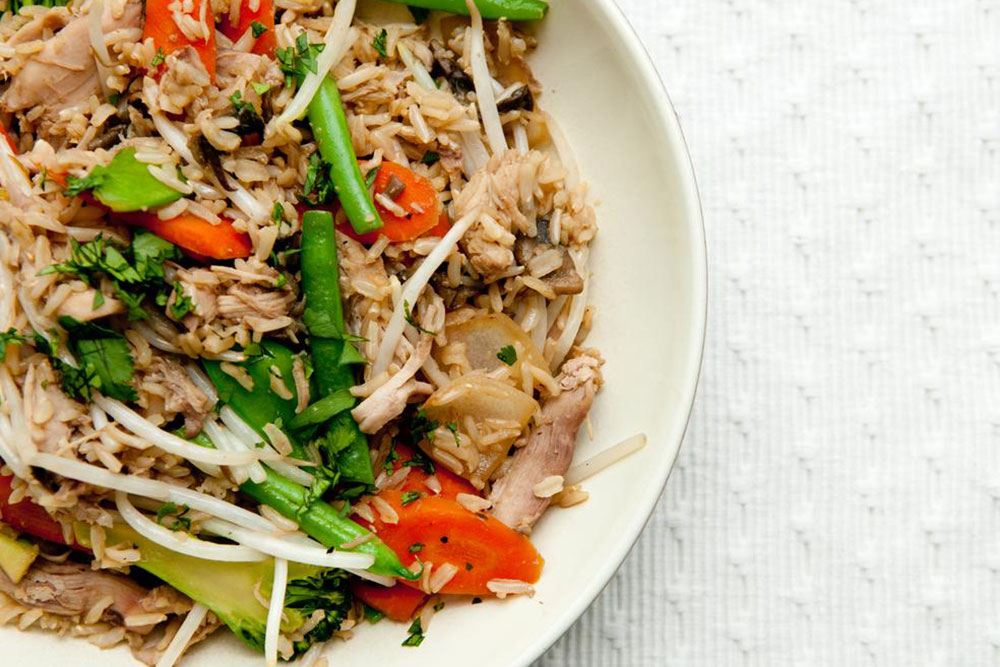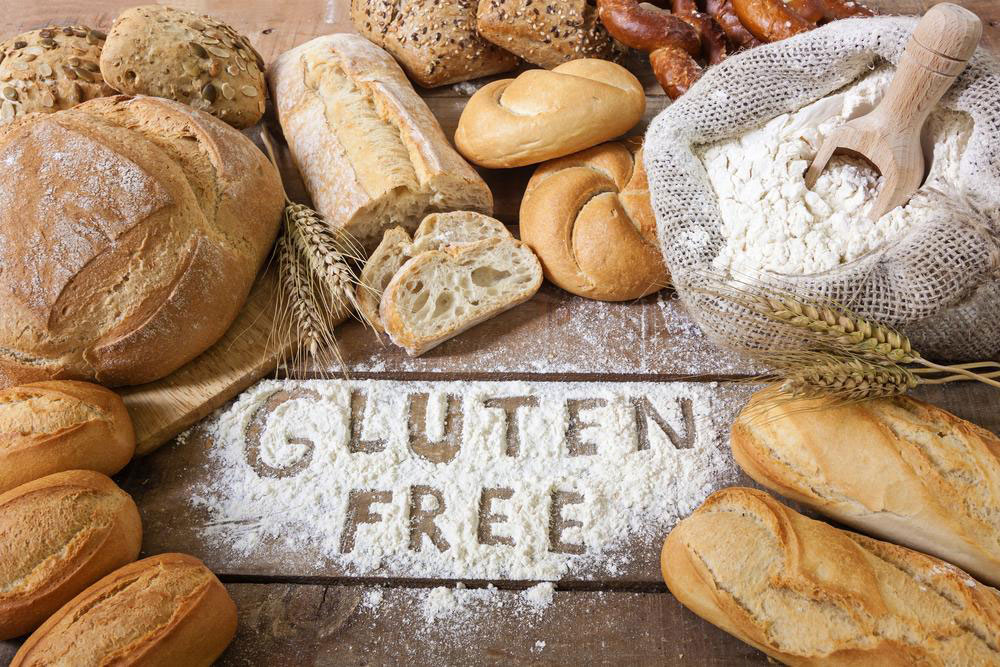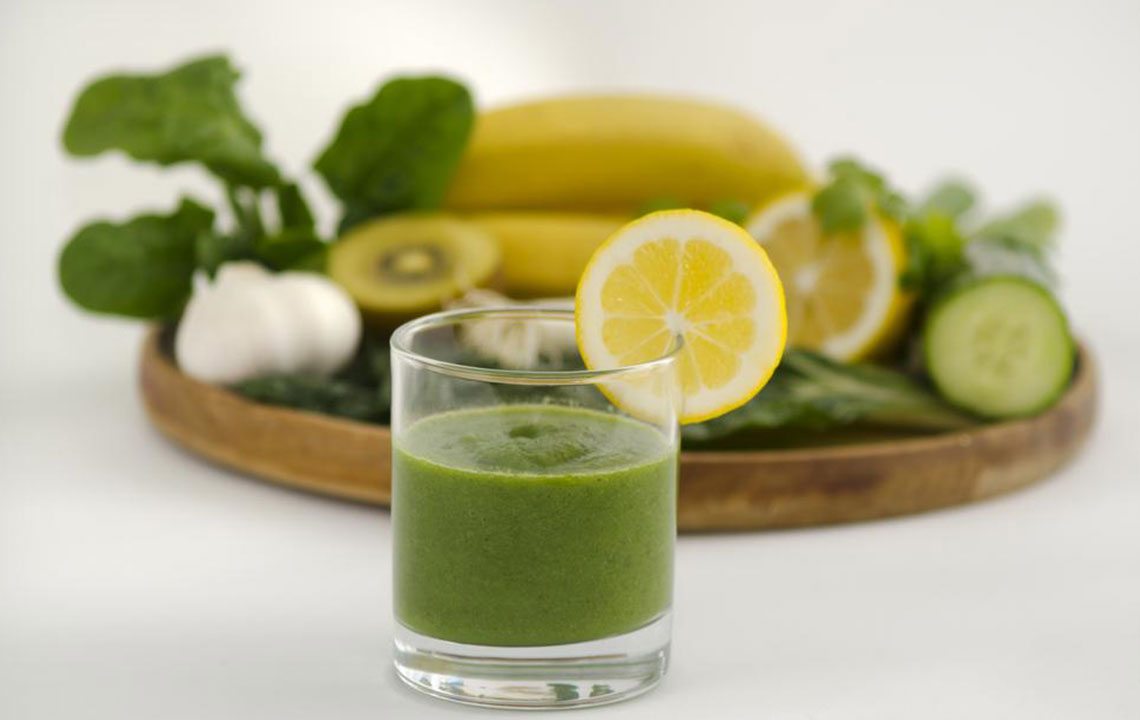Comprehensive Guide to Essential Ingredients and Substitutes for a Healthy Gluten-Free Diet
This comprehensive guide delves into essential ingredients and substitution options for maintaining a nutritious gluten-free diet. It covers alternatives to traditional wheat-based foods, gluten-free grains, dairy options, and safe beverage choices, emphasizing practical tips for avoiding hidden gluten sources. Perfect for individuals with gluten sensitivities or celiac disease, the article provides valuable insights into crafting balanced, delicious meals. With detailed advice on selecting safe products and incorporating nutrient-rich ingredients, this guide empowers readers to pursue a healthy, gluten-free lifestyle with confidence and variety.

Key Components and Alternative Options for Maintaining a Nutritious Gluten-Free Lifestyle
In recent years, the demand for gluten-free products has surged, making it easier than ever for individuals to find suitable options in most supermarkets. Embracing a gluten-free diet is not only essential for people with celiac disease but also beneficial for those seeking to improve overall health and digestion. The core principle of a healthy gluten-free diet emphasizes the inclusion of fresh, minimally processed foods such as fruits, vegetables, nuts, seeds, and lean proteins to ensure a balanced nutrient intake. However, navigating gluten-free choices requires awareness since some products labeled as wheat-free may still contain hidden gluten sources meant to avoid.
This comprehensive guide explores the essential ingredients for a well-rounded gluten-free diet and offers practical substitutes to enhance your meal planning. By understanding these ingredients and options, individuals can enjoy delicious meals without compromising on nutritional value or safety.
Traditional carbohydrate staples like bread, pasta, and crackers are often associated with gluten but can be easily replaced with a variety of gluten-free alternatives. For instance, brown rice bread or multigrain gluten-free bread options are widely available and packed with nutrients. When it comes to pasta, you can switch to versions made from quinoa, chickpeas, or lentils, which also boost protein and fiber content. Grains such as quinoa, millet, buckwheat, and amaranth are excellent gluten-free choices because of their rich nutrient profiles and versatility in recipes. Nutritious seeds like flaxseed and chia can be incorporated into meals to add omega-3 fatty acids and fiber, supporting heart health and digestive function. Additionally, there are numerous gluten-free cereals suitable for breakfast, but it is important to read labels carefully for malt additives, flavorings, or other gluten-containing ingredients present in products like cornflakes or puffed rice.
In place of traditional dairy products, consider gluten-free options such as soy milk, almond milk, or coconut milk, especially when serving cereals or using dairy in recipes. Additionally, oats labeled as gluten-free are recommended for those with celiac disease or gluten sensitivity, as many oats are contaminated during processing with wheat or related grains. Prioritizing certified gluten-free oats ensures safety. When thickening soups and sauces, opt for gluten-free ingredients like cornstarch, arrowroot starch, or potato starch, which serve as effective alternatives to wheat-derived thickeners. Carefully check ingredient labels on pre-made soups, sauces, and processed foods, as they may contain gluten additives or stabilizers. For fruits and vegetables, choosing fresh or frozen produce over processed versions helps avoid hidden gluten sources from additives or preservatives. Incorporating fresh fruits into smoothies not only enhances flavor but also ensures a wholesome, gluten-free option.
Alcoholic beverages pose a concern since most beers, lagers, and malt beverages contain gluten. For safe drinking options, choose wine, distilled spirits, or naturally gluten-free drinks like hard cider. These alternatives allow you to enjoy social occasions without risking gluten exposure. Always verify product labels to confirm gluten-free status, especially with flavored or craft beverages. Maintaining a gluten-free diet involves making informed choices and exploring diverse ingredients to meet nutritional needs while preventing gluten cross-contamination. With so many options available, leading a healthy, gluten-free lifestyle is increasingly feasible and enjoyable.





